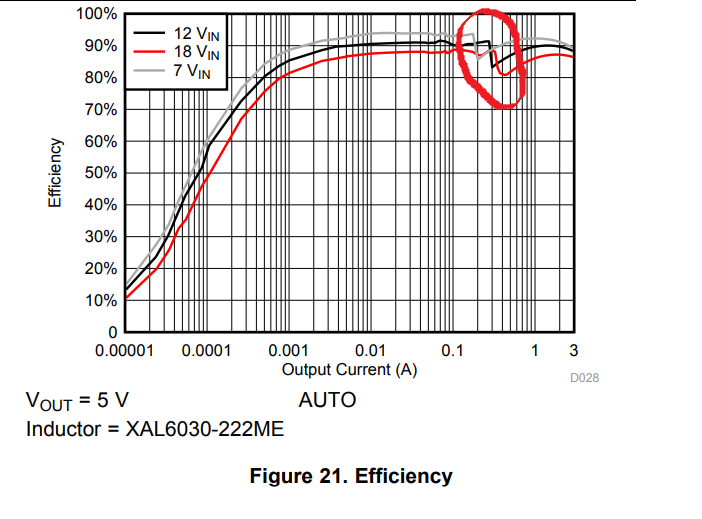Other Parts Discussed in Thread: LM53603
Our customer consider to use LM53603-Q1.
Please advise us following questions.
1. Please send us efficiency data at following conditons if you have.
Ta:-40 degree C,125 degree C
Vin:12V
Vout:5V
mode:Auto mode
2.Please let us know equation of transition point of this part from PWM to PFM.


